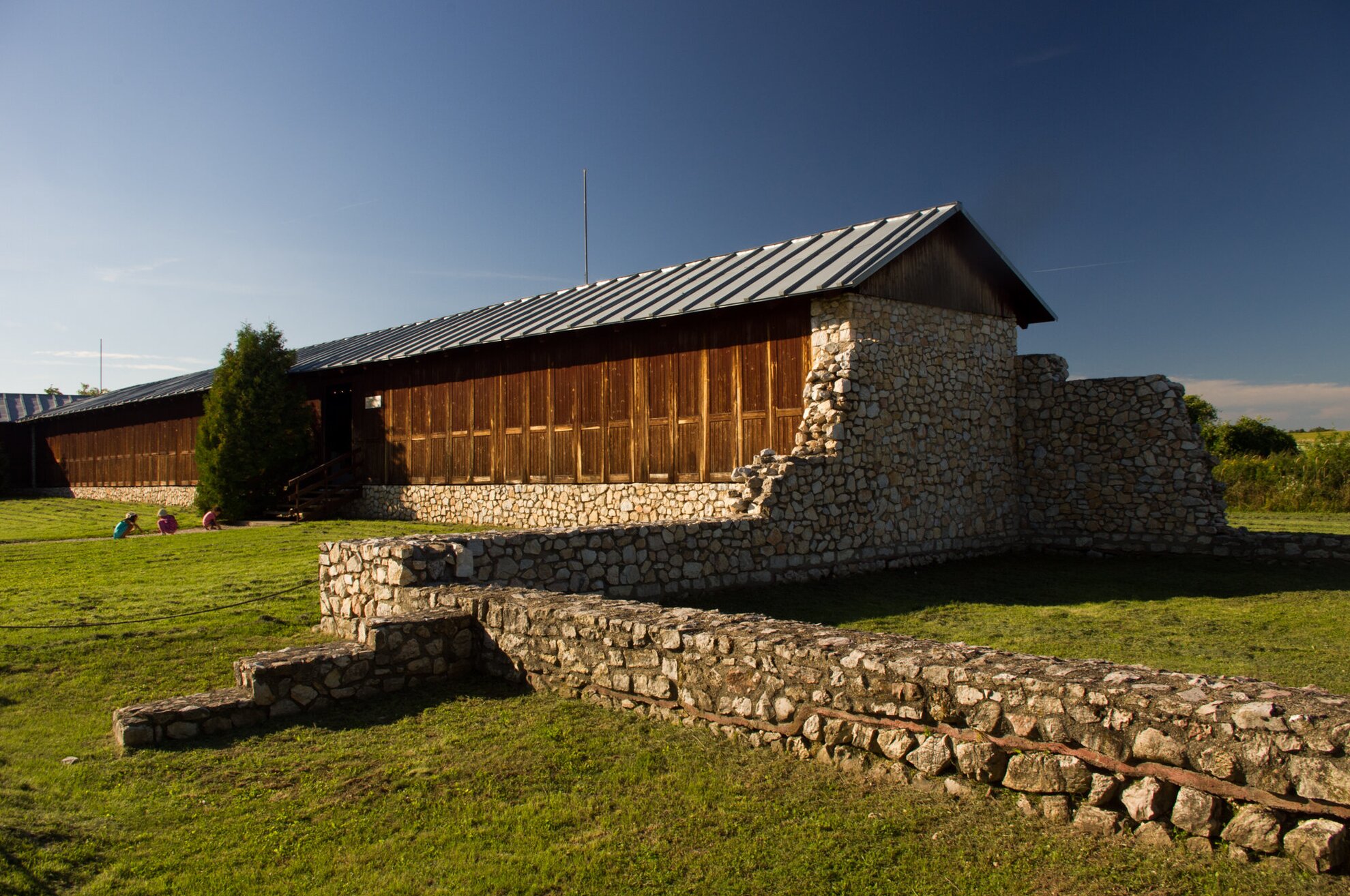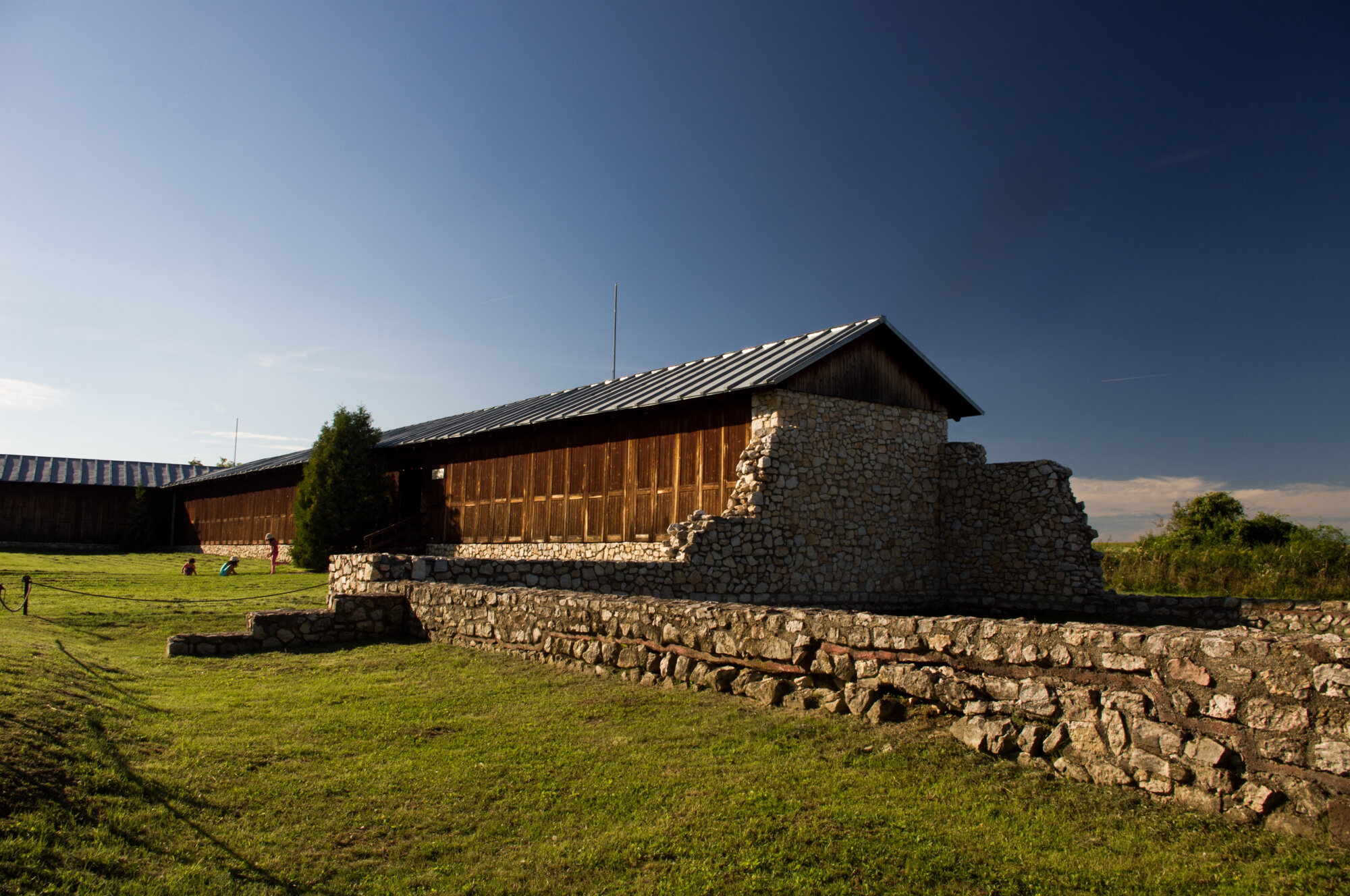We can count ourselves lucky that Villa Romana in Baláca has not been destroyed over the centuries: the considerably sized (even by today’s standards) villa and the surrounding farm are one of the most significant sites dating back to ancient Pannonia. Much of the land is still intact, which means there are probably countless treasures below the surface. The farm, which must have been owned by a person belonging to the absolute highest echelons of the entire empire, presumably used to function as a small factory.
The rich and famous of Roman times
The villa, the farmland, and the archeological park showcasing the relics of ancient times are located in Balácapuszta, amid the softly undulating hills and fields between Nemesvámos and Veszprémfajsz. The Roman presence has been especially strong in the Balaton region: we know about several dozen villas that once dotted the landscape around the lake, but thanks to its size and excavated items (frescoes, mosaics, buildings), Villa Romana is regarded as one of them most important ones.
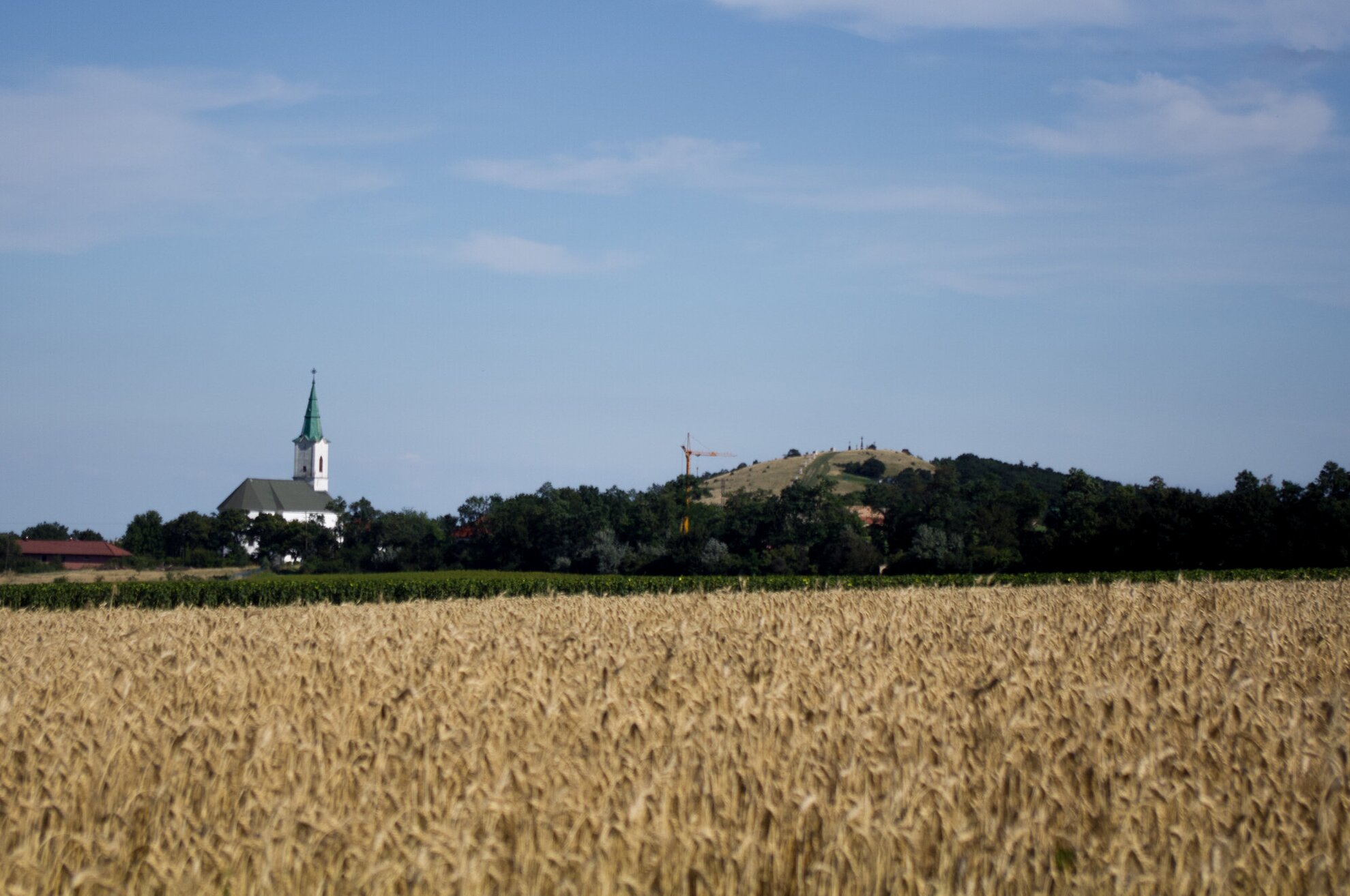
In all likelihood the owner of the massive property was not only a member of the upper crust in Pannonia, but also in the entire Roman Empire, says our guide Loránd Olivér Kovács, who’s an archeologist and head of the Hungarian National Musuem’s Villa Romana Baláca exhibition site. Farms like these used to be the delivery sites of traders from North Italy, and the owners (who usually stayed in the background) belonged to the leading circles of Roman society. They didn’t usually conduct business in their own names because trading was strictly prohibited for people of a certain rank (for example, senators). The owners of Villa Romana were most probably from northern Italy as well. The site was most likely opened in the 1st century AD, and was definitely still in use in the 4th century AD.

Encircled by a decorative garden, the main villa building, which probably had several stories, was used by the owner and his family. Guests first walked into a mosaic-adorned hall (the original artwork can be seen at the Hungarian National Museum, everything else you can see was found on the premises), then into the courtyard decorated with intricate murals, and finally a sizeable room with other amazing mosaic designs. The building was also inhabitable in winter, which is proved by the presence of heating shafts. Archeologists can use the tiniest details to reconstruct the details of a bygone era; a good example is a 10-centimeter wall fragment, which is one of the most interesting parts of the building according to our guide. As stone was the cheapest building material available in the region, it was used for the construction of the outer walls, while the inner walls were made of a lighter structure similar to the plaster walls we have in our buildings today. Such details from the Roman era almost never survive.
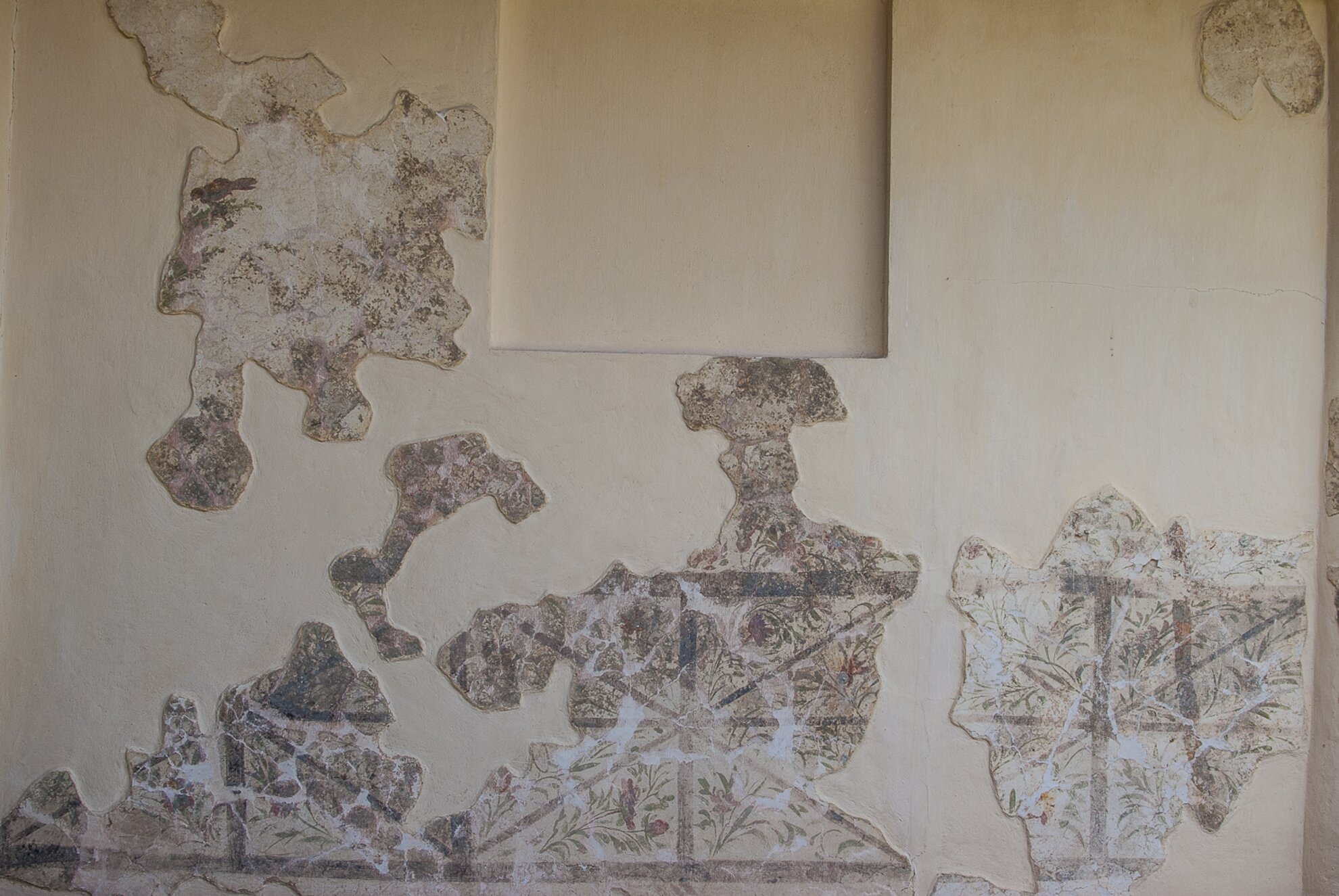
Like a modern-day factory
It’s not only wall fragments, frescoes, and mosaics that are unearthed, but various objects and tools as well. There are several needles on display as well as parts of an ancient loom, which may have belonged to the family or used for bulk clothing production. You can think of the villa like a small, modern-day factory, our guide says; the only difference is that the owner actually lived on the premises. Using a variety of raw materials, they manufactured a selection of products on a large scale for profit. Ancient Pannonia was a major exporter of crops, and later a piece of military attire made of wool became another sought-after item of the region. The goods were distributed by the above-mentioned traders.
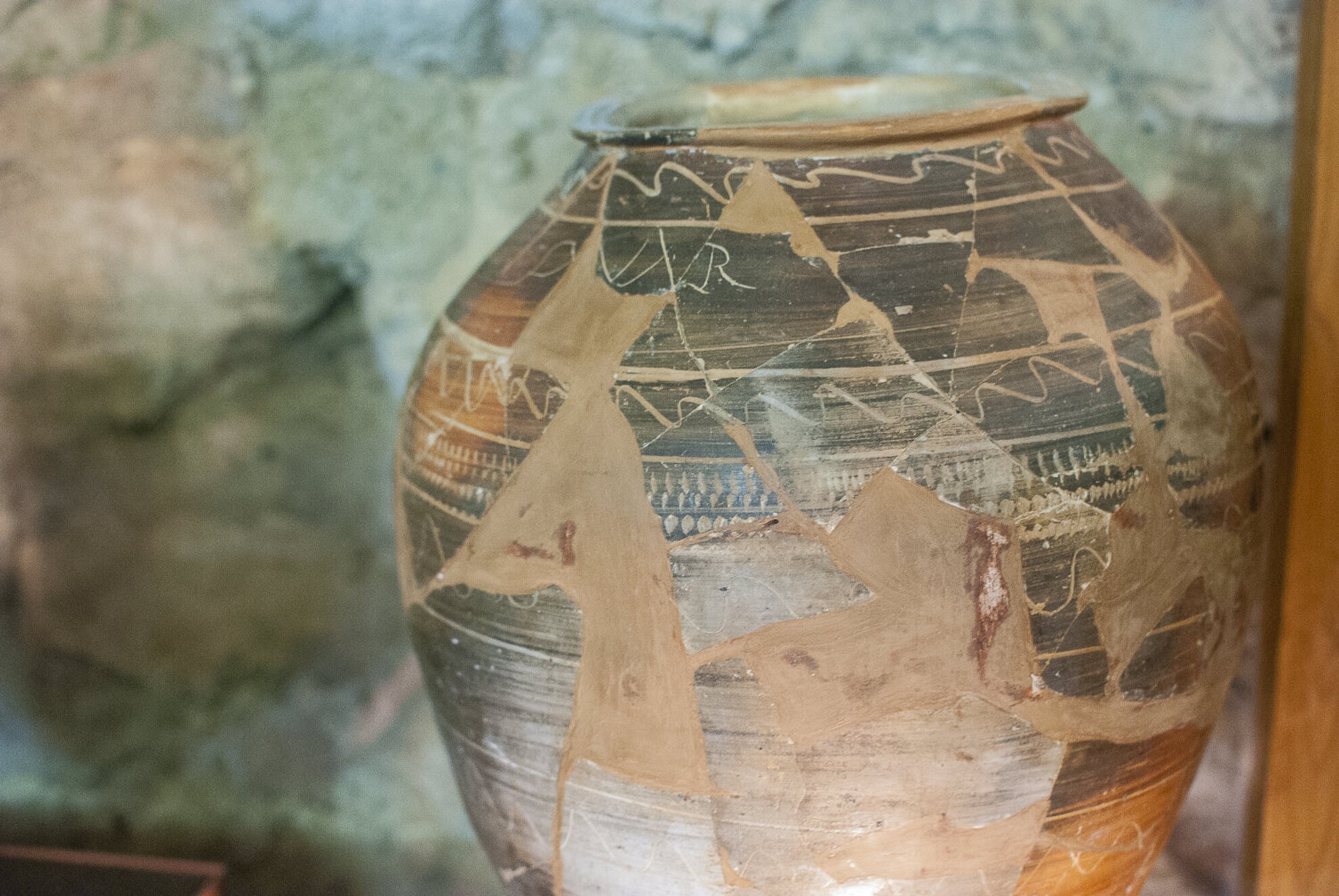
In addition to production, agriculture was another main activity pursued here; they grew as much of the food they ate as they could. There’s no evidence that there was ever a fish farm on the site, but the Romans definitely regulated the rivers in the region. The “original inhabitants” were fond of pork, while Roman cuisine was based on poultry, but they pretty much ate anything that had a little bit of meat. In Apicius’ cookbook, you can basically recognize every dish apart from a sauce made from rotten fish (which is probably not a bad thing at all).
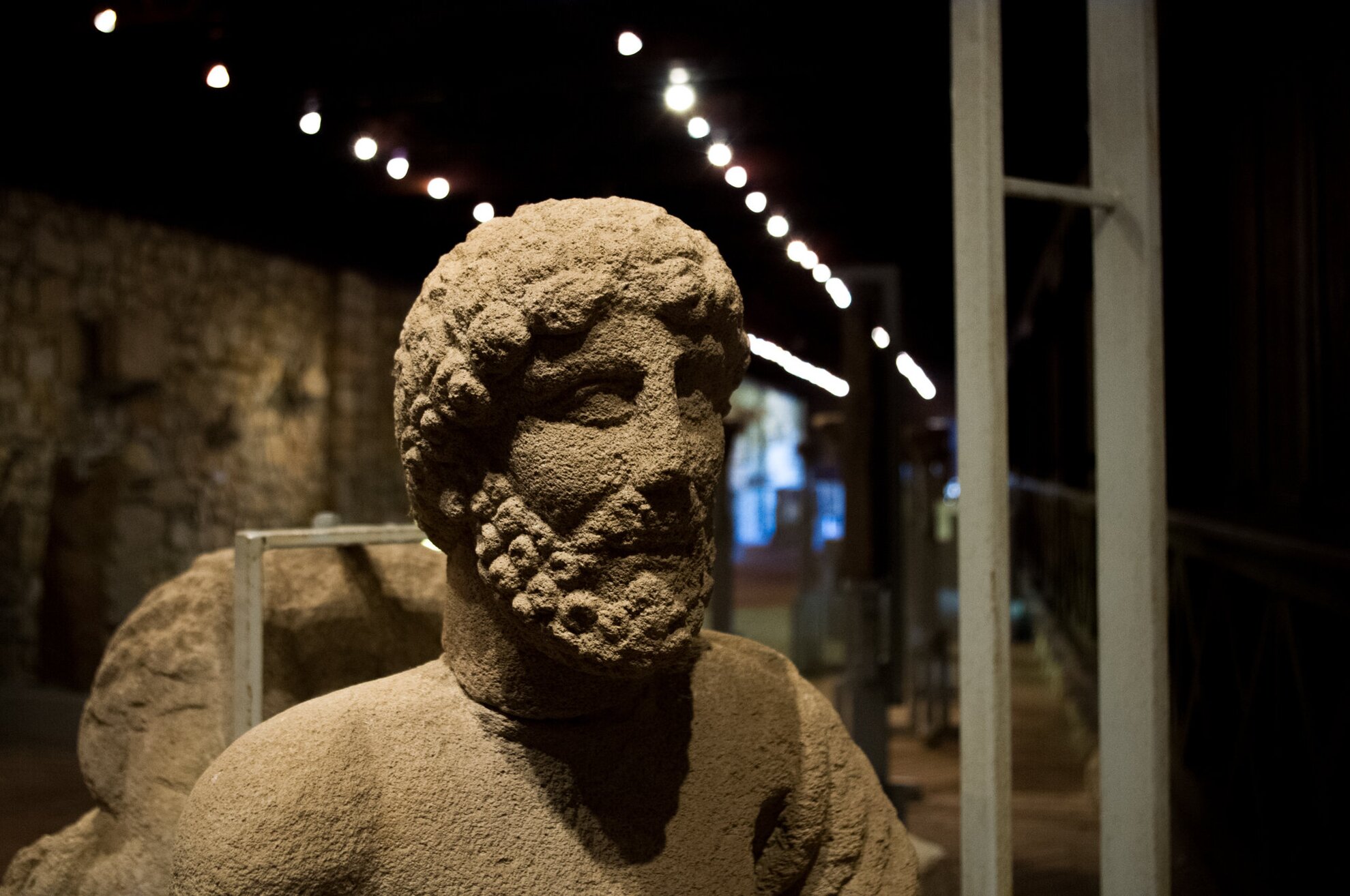
Stepping outside the villa, you can walk toward the back building, which was also built on Roman foundations, and houses a stone collection excavated in Veszprém County. Next to it you can see fragments of a smaller villa building that looks almost exactly like the big one. This may have been used by the owner’s family or the estate manager.
Excavation, bath plans, and concerts
Not too far from the villa, there’s a ruinous structure that’s half covered. The former bath building used to be privately owned, but it was comparable in size to a public bath in Aquincum. The site was excavated ten years ago, and covered with a temporary roof, but a more permanent solution will be needed in a couple of years. A similar bath can be found in Carnuntum, Austria, which has been restored to be fully functional. The building in Baláca could be reconstructed in an authentic way as well, which is a plausible scenario. It would be amazing to have something like that so close to Balaton and Veszprém.
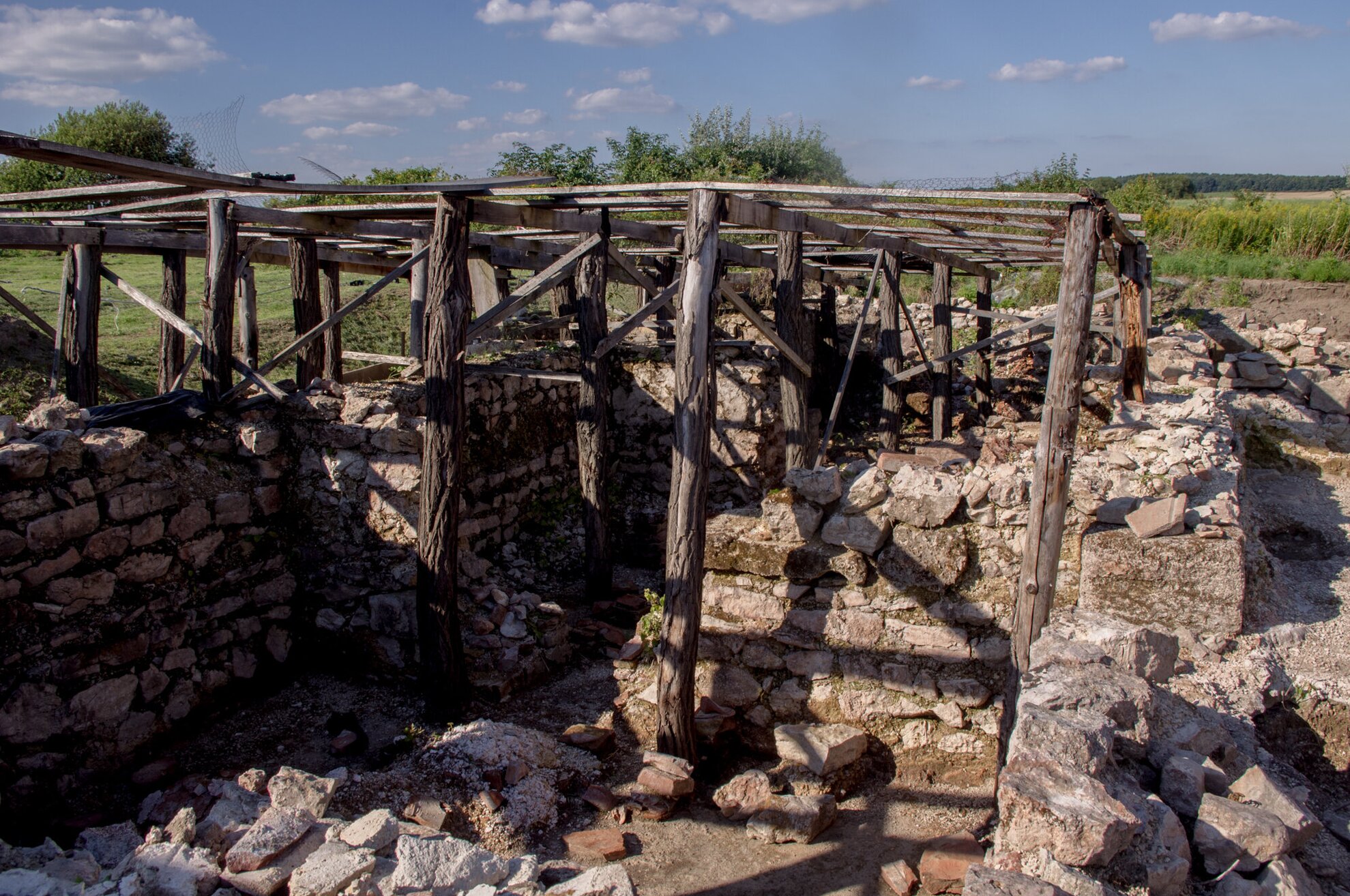
But that’s not the only plan for the future. Pianist Alex Szilasi has recently played a concert here; he was so impressed by the venue that he’ll soon return with a fundraising concert series.
